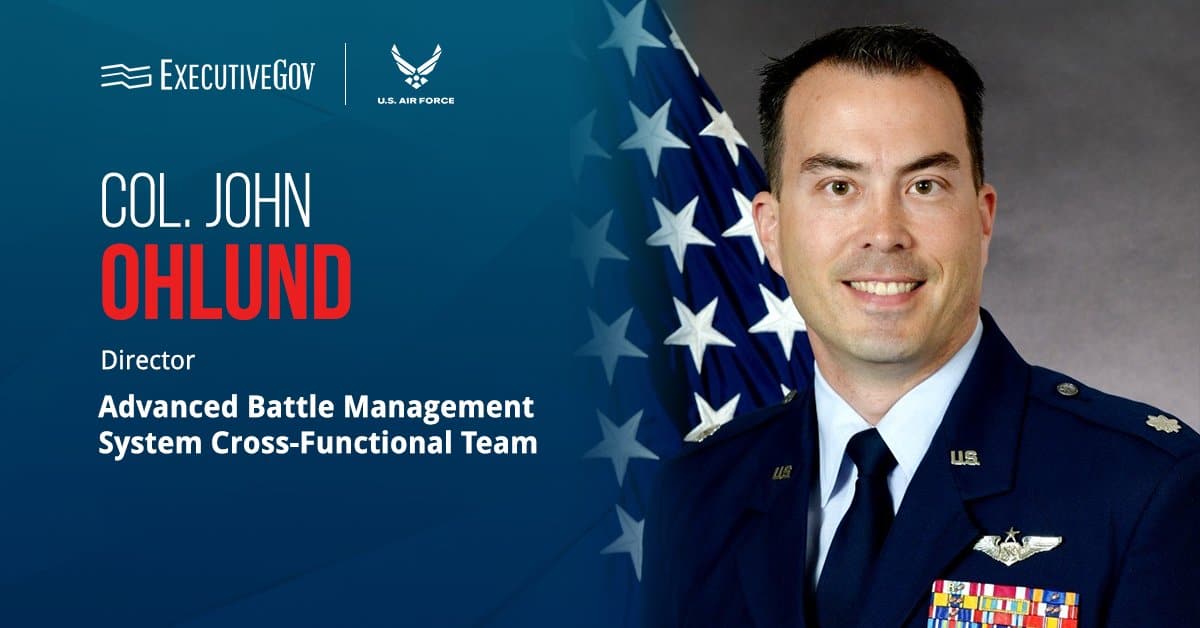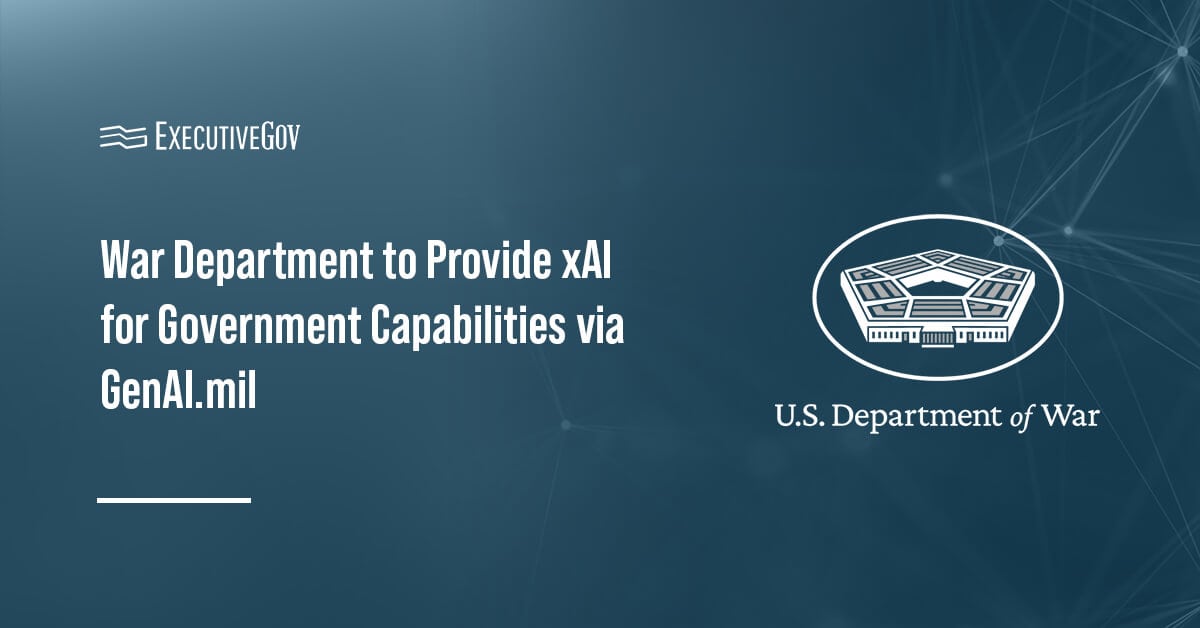The U.S. Air Force and its partners demonstrated the capability to solve complex battlefield challenges and provide commanders with options to deliver effects during the second Decision Advantage Sprint for Human-Machine Teaming, or DASH 2. The event, held at the Shadow Operations Center-Nellis in downtown Las Vegas, explored the potential use of AI to achieve decision advantage.
Human-Machine Teaming on the Battlefield
During DASH 2, AI from two Air Force partners provided over 6,000 solutions to about 20 problems within an hour. The Air Force reported accuracy on par with human performance. In one case, a single algorithm adjustment would have raised recommendation validity from 70 percent to 90 percent.
According to Col. John Ohlund, director of the Air Force’s Advanced Battle Management System Cross-Functional Team, or ABMS CFT, the level of machine output demonstrated during the recent experiment ensures that commanders will have options to simultaneously execute multiple kill chains.
Col. Jonathan Zall, capability integration chief for ABMS CFT, added that DASH 2 is proof that “human-machine teaming is no longer theoretical.”
The 805th Combat Training Squadron, or ShOC-N, and six unnamed companies participated in the series of experiments.
The Air Force Research Lab’s 711th Human Performance Wing was also present at the event to collect and analyze data.
“Collaboration with AFRL, the ABMS program office and industry allowed us to rapidly experiment, refine requirements and accelerate the path from concept to capability delivery,” shared Ohlund.





